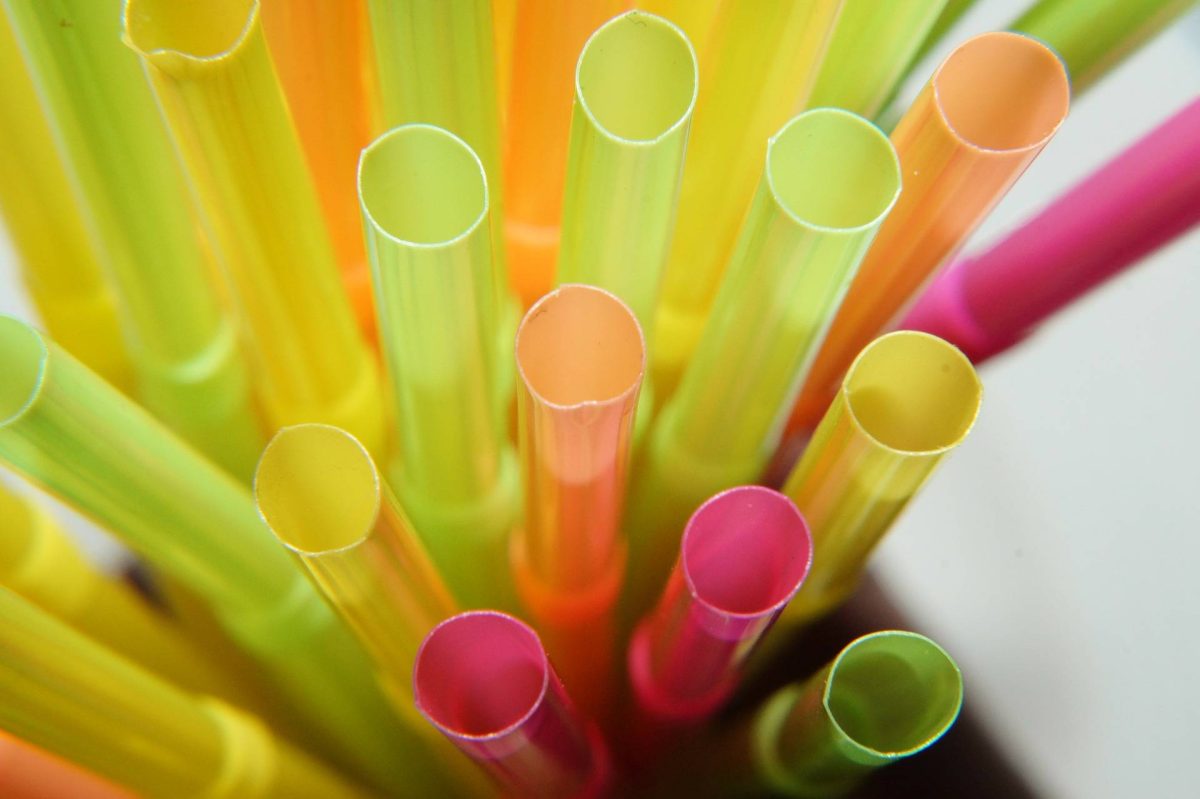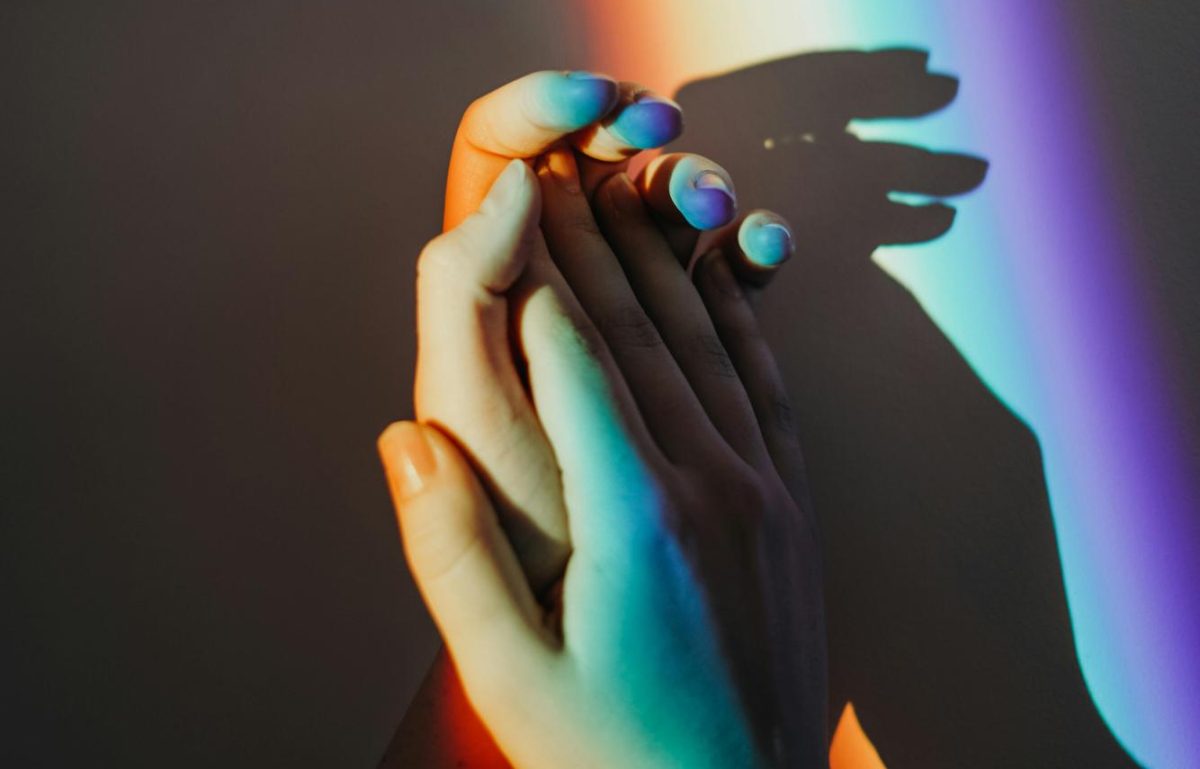Have you ever seen anyone drinking with a straw at the NJIT cafeteria? Personally, in the three weeks since move-in, I have not seen a single person using a straw. Perhaps it is because the small cardboard box of Kitchmart drinking straws is inconspicuously nestled between two drink machines. In a way, the way that NJIT deals with straws is close to ideal; straws are not offered, but not easily accessible.
So what’s the deal with banning straws? This effort blew up after marine biologist Christine Figgener uploaded an emotional video of herself and her team extracting a straw stuck in a turtle’s nostril. After Figgener’s video went viral, campaigns like “The Last Plastic Straw” and “No Straw Please” began criticizing the use of straws and advocating for alternatives and awareness. The issue recently gained increased recognition after Starbucks issued a press release on July 9, 2018, stating that their “goal [is] to eliminate plastic straws by 2020”. Several other companies have followed suit with the ban on single-use plastic straws, including hotel conglomerate Hilton, the U.K. and Ireland branches of McDonald’s, and American Airlines (Fortune).
But is the impact notable? According to U.S. News, “University of Georgia environmental engineering professor Jenna Jambeck calculates that nearly 9 million tons … end up in the world’s oceans and coastlines each year.” Straws make up about 0.02% of this weight. In other words, plastic straws may be getting gratuitous attention, as many other plastic products have a larger impact on the world’s ocean.
Perhaps the impact is not very significant, but as Mother Teresa once said, “We know only too well that what we are doing is nothing more than a drop in the ocean. But if the drop were not there, the ocean would be missing something.”
In this case, if people avoid using straws, the ocean definitely wouldbe missing something, in a good way— it would have one less straw to get caught in some poor marine animal’s nostrils.
On that note, why use straws at all? Is it because people are afraid of putting their mouths where other people’s mouths were? Because if so, dishwashers are there for a reason and, I’m not a mechanical engineering major, but I’m pretty sure that 21st-century dishwashers do their jobs effectively. In fact, doorknobs are more likely to transfer germs than washed glasses; as writer Agata Blaszczak-Boxe noted on CBS News, “contamination of just a single doorknob can help spread germs throughout office buildings, hotels or health care facilities within hours”.
So many people use straws, but when was the last time you saw someone whip out a pair of latex gloves to open a door? Other issues, such as smearing lipstick, falling ice, and sensitive teeth may prompt consumers to use straws as well, but these issues can be remediated by drinking more carefully or slowly. However, for consumers who feel very strongly about these issues, many companies have begun offering alternatives to straws. For example, to replace plastic straws, Starbucks has revealed a fully-recyclable drinking lid that has been likened to an “adult sippy cup”.
On the other hand, some people genuinely rely on straws. As the Chicago-based disability rights organization Access Living told Fortune, “Many people with disabilities rely on plastic straws as the only way they can drink. Some have proposed the use of metal, glass, bamboo, or paper straws and all of these have issues for at least some people with disabilities.” For example, elderly people with limited arm mobility, patients suffering from throat diseases, and small children all might require a straw to drink comfortably on their own.
In the end, perhaps it doesn’t really make much of a difference whether or not you use a straw. The choice is yours, after all. But honestly, why would you take a straw if you don’t need it? If creating less plastic waste doesn’t appeal to you, then perhaps the fact that pantry moths have been known to lay larvae in drinking straws[4] will dissuade you from picking up the plastic next time.
































ROBERT A EBITZ • Sep 20, 2018 at 10:25 am
When I was a kid “way back in the 40’s” straws were only use in small kids drinks, this kept them from spilling the drink when trying to drink from it.
How times have changed, now people are shoving straws into everything, maybe they were not taught proper eating manners???
The bigger item today is the spread of germs,especially in a closed area like offices. Office workers should cover every drink container with a total complete top, no holes, no straws or sippy lids.
The best way to avoid other people’s germs is use your own drink container and put a lid on it both when using and not. One made (drink protector) in the US at Pittsburgh Pa works great for this, use them everywhere, wash them, keep them clean, feel better.